ActiveHiking & Walking20 backpacking essentials everyone should have when hikingAfter backpacking for decades, I’ve boiled down my essential gear list to these 20 itemsWhen you purchase through links on our site, we may earn an affiliate commission.Here’s how it works.
ActiveHiking & Walking20 backpacking essentials everyone should have when hikingAfter backpacking for decades, I’ve boiled down my essential gear list to these 20 itemsWhen you purchase through links on our site, we may earn an affiliate commission.Here’s how it works.
After backpacking for decades, I’ve boiled down my essential gear list to these 20 items
When you purchase through links on our site, we may earn an affiliate commission.Here’s how it works.
(Image credit: Getty)
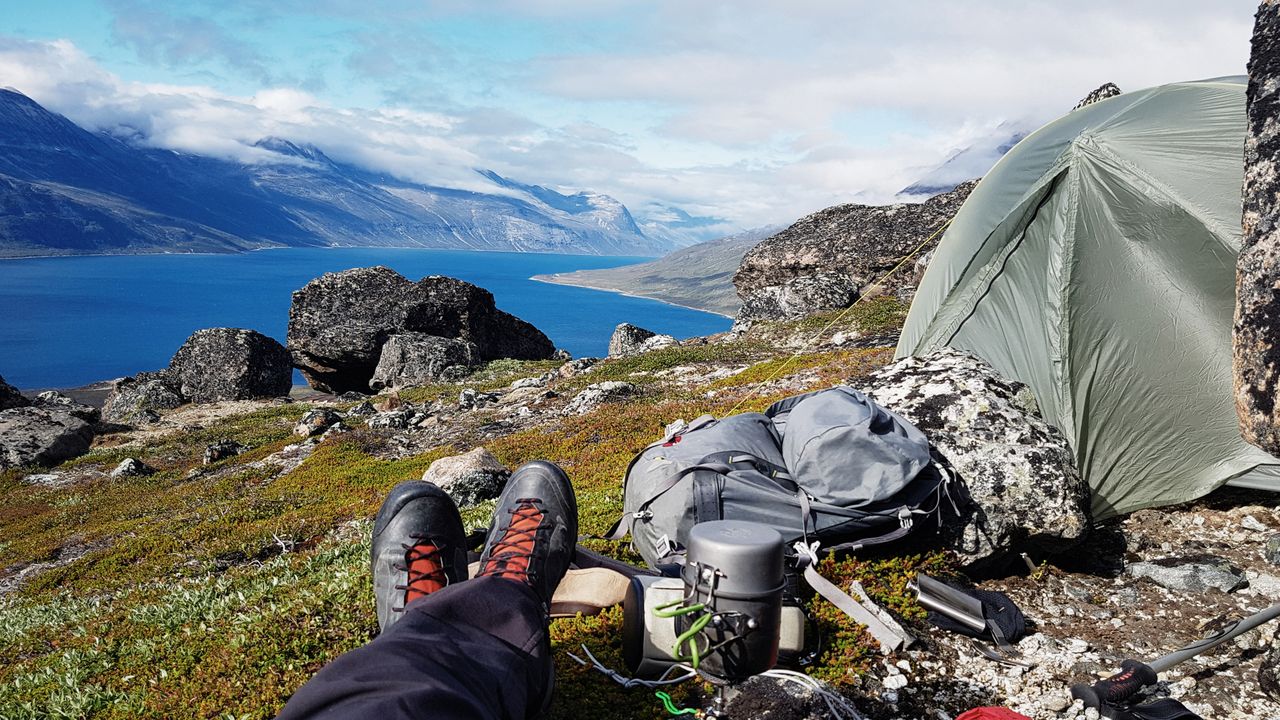
(Image credit: Getty)
Perfecting the art of backpacking is as much about knowing what to leave behind as it is about knowing what to take.
I’ve met mountaineers so weight conscious that they cut the handle off their toothbrushes when packing for the peaks. This might seem extreme – and it is, but then so is venturing eight vertical kilometres into the sky in the first place, let alone carting any amount of extra baggage while you’re doing it – so good luck to them. Most of us don’t go anywhere that dodgy Death Zone while backpacking, but even when adventuring at a much more sensible proximity to sea level, no one wants to carry any more weight than they absolutely have to.
Forgetting something is irritating, but you can usually improvise or find a fix. (So long as it’s not your mug – that’s a total, unmitigated disaster.) But realising, halfway through the first day on the trail, that you’ve overpacked is awful. It’s too late to responsibly jettison anything, so you have to keep going, lugging extra unnecessary weight and kicking yourself with every step.
During many years of backpacking all over the world, I’ve made just about every mistake possible, from forgetting my tent pegs to hauling horrible amounts of excess baggage along multistage trails. But you live and learn. And then, if you care, you share.
So here’s a list of backpacking essentials I always take (a hand-scribbled version of which I literally keep in a draw in my gear garage, so I can tick things off as I pack them), and I try to limit it to virtually just these items. Plus my phone, of course – which nowadays doubles as a camera, an emergency distress beacon, a backup light, a mirror, a navigation aid and plenty more – and a little power bank.
1. Backpack
The single most important tool in any trekker’s gear cupboard is, of course, theirbest hiking backpack. Or, most likely, packs plural because you need a few size options according to the length of the journey you’re embarking on and the season you’re venturing out in. Pick a pack that fits all your essential kit in it, but only just. Extra space tempts you into overpacking. It’s not like going on holiday when you might leave room for souvenirs and acquisitions – if you’re doing things right, your load should get progressively smaller as you consume food.
If I’m expecting to be on the trail for three nights or less, especially in summer, I will usually attempt to pack everything into a large ‘daypack’ (a rucksack that has a decent harness system, including a breathable back panel, with a volume of around 35L), like theFjallraven Abisko Friluft. For escapades lasting four nights to a week, a pack with a capacity of between 50L and 65L is ideal, likeThe North Face Trail Lite. Longer thru-hikes might require even bigger packs but do be careful not to carry too much – wear your clothes for several days, and if there are opportunities to replenish your food stock en route, take advantage of them instead of carting everything from the trailhead.
Sign up to the T3 newsletter for smarter living straight to your inbox
Get all the latest news, reviews, deals and buying guides on gorgeous tech, home and active products from the T3 experts
(Image credit: Other)
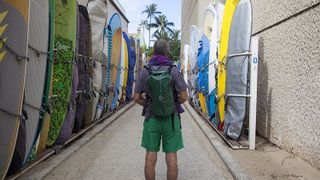
(Image credit: Other)
2. Dry bags
From keeping your gear dry (especially your down sleeping bag and jacket) to securely storing dirty clothes and rubbish so they don’t mess your clean kit up, it’s worth taking severalgood dry bagsof varying sizes and thicknesses. They weigh next to nothing and come in useful in so many ways. Definitely double-wrap your sleeping bag.
3. Spork
Ridiculously light, highly functional and stupidly cheap, the simpleplastic spork(retailer link) is one of humanity’s greatest inventions, and I’ll fight anyone who disagrees. Pick a colour and pack it.
Frisbee – good enough to eat your dinner off(Image credit: Getty)

Frisbee – good enough to eat your dinner off
Frisbee – good enough to eat your dinner off
(Image credit: Getty)
4. Frisbee
This is the first thing I pack whenever I go backpacking. A good frisbee can be used as a plate, a bowl, a fire wafter, a dry seat cover on a wet stump or soggy grass, a fan and myriad other things – including, apparently, something to chuck around for fun.
5. Multitool
The debate about the comparative merits of theVictorinox Swiss Army Knife and various Leatherman Multitoolswill likely rage until AI puts an end to it (and us) forever, but both are good. If I’m trying to travel light, I’ll go with a simple penknife stashed in my pocket, but for longer missions when more tools are potentially required, I opt for the Leatherman and wear it on my belt (no one can see that you look like an idiot in the wilderness).
Never forget your mug!(Image credit: Getty)
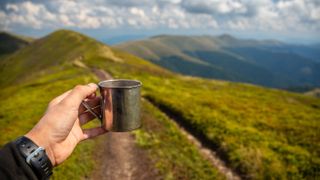
Never forget your mug!
Never forget your mug!
(Image credit: Getty)
6. Mug
Between the Frisbee, the spork and the multitool, you have almost a full set of crockery and cutlery. But do not forget your mug. Whether you go for a traditional enamel camping cup or some sort oftravel mug, it shouldn’t take up much space because you can fill it with other stuff – from food to sparewalking socks.
7. Bag of tricks
A little zip lock bag containing a lighter, a bit of fishing line, some safety pins, a couple of cable ties, a length of string, pen and paper, a bit of tape and so on can come in super handy. The cool kids call this stuff everyday carry, but I’m not a cool kid, and I certainly don’t carry it around every day – just when I’m backpacking.
Room with a view(Image credit: Getty)
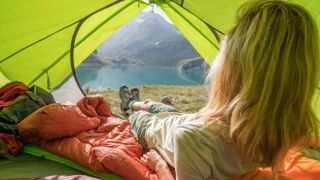
Room with a view
Room with a view
(Image credit: Getty)
8. Shelter
Thebest tenttype for the adventure you’re taking on will depend on where you are going, when you’re going and who you’re going with. If you’re backpacking with a buddy, take a good two-person tent likeSea to Summit’s Alto TR2and share the load (you take the pegs and poles, they take the tent – or visa versa). If you’re hiking alone, a small but robust one-person tent like theAlpkit Soloistis ideal for nine months of the year. But, especially in summer, consider going with a bivvy bag orhammock– the experience of literally sleeping under the stars is sensational.
9. Sleeping bag
Thebest sleeping bagfor your escapade will depend on the overnight temperatures you’re likely to encounter out in the wilds, but obviously, thelighter the bagbetter – so long as it can keep you comfortable. For the majority of the year, the best approach is to take a down-filled 3-season sleeping bag, such as theAlpkit Pipedream 400.
Down bags are extremely compressible, very light to carry and beautifully warm, but you do need to be careful not to get them wet (see dry bag entry). In the height of summer, you can use a much smaller and lighter bag, such as the Decathlon Forclaz MT900, while in mid-winter, you will require a thicker bag, like theTherm-a-Rest Polar Ranger.
10. Camping mat
Similarly, the best camping mat for your adventure varies according to conditions. A lightweight, inflatable, 3-season sleeping pad, such as theExped SynMat Ultralight, is the most versatile option to go for, as this will provide comfort and decent insulation from ground chill virtually all year round.
For backpacking trips in balmy temperatures, a superlight mat like theAlpkit Cloudbasewill more than suffice, while at the other end of the calendar, in the coldest conditions, you will require a mat with a higher R-value, like theThermarest NeoAir XLite camping pador theSea to Summit Ether Light XT Extreme.
Cooking up a storm at the end of a day on the trails(Image credit: Getty)
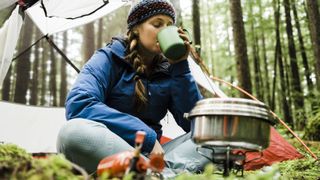
Cooking up a storm at the end of a day on the trails
Cooking up a storm at the end of a day on the trails
(Image credit: Getty)
11. Lightweight stove
Enjoying some warm food and a hot drink is usually the highlight waiting for you at the end of a hard day’s hiking. Unlike car camping, when you can lounge around in a comfycamping chairwhile slow-cooking something on an open fire, backpackers just want thebest stove availablefor boiling water super quickly, to get a brew stewing and pour moisture on a dehydrated meal. For me, it’s hard to surpass the Jetboil range, which not only heat water in record time, but also pack neatly away into their own pots, together with a gas bottle and stand.
12. Headtorch
An essential piece of kit for all campers, agood headtorchis vital for backpackers, who often require it out on the trails (if nightfall catches up with them) as well as in the tent after dark. I recommend something solid, proven, powerful and versatile, with a range of settings, such as the Black Diamond Storm (versions of which I have been using for 20 years), and then a very lightweight model like theBioLite HeadLamp 750as a good back-up (this little lamp weighs about the same as a set of spare batteries for the Storm).
Purifying mountain juice(Image credit: Getty)
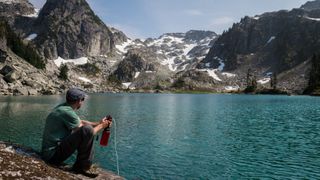
Purifying mountain juice
Purifying mountain juice
(Image credit: Getty)
13. Hydration bladder, water bottle and filter
Backpacking can be hard, sweaty work, and staying juiced is very important. I use a hydration bladder positioned in my pack, but agood water bottlewill obviously do the trick too. If you’re heading somewhere remote, where water sources are scarce or unknown, take a bottle that doubles as awater purifier, such as theLifeSaver Libertyor the LifeStraw Go.
14. Food
Dehydrated meals are great for backpacking trips, but they do tend to get bland after day two. A small bottle of Tabasco sauce or some chilli flakes and other herbs in a zip lock bag can liven things up nicely, and they add next-to-no weight.
15. Clothing
The layering system is important whatever you’re doing outside, but it’s especially important to get it right when backpacking. Start with a really goodbase layer– ideally a merino wool/synthetic mix, like theArc’teryx Rho Hybrid Half Zip, because that will keep you warm whatever happens, and you can wear merino for several days on the trot without it becoming horribly stinky.
My advice for a mid-layer is a lightweightdown jacketsuch as theShackleton RotheraorThe North Face Thermoball, which weigh very little, pack down small when you’re not wearing them, and can be used as a comfy pillow during the night.
Lastly, but very importantly, you will need thebest waterproof jacketyou can find, something like theArc’teryx Betaor theMontane Spirit.
16. Footwear
If you’re carrying a loaded pack across technical terrain, then it’s a good idea to wear properhiking bootswith toothy grip and substantial ankle support, such as theKeen NXIS Evo midin the warmer and drier months or theMammut Taiss Light Mid GTXin rougher terrain and more challenging conditions. Don’t forget to wear decenthiking sockswith them. If you have room, it’s worth taking a pair offlip-flopsfor wear in camp at the end of the day.
Paper trail(Image credit: Getty)

Paper trail
Paper trail
(Image credit: Getty)
17. Toilet roll
Do not forget the toilet roll. Leaves are rough, and we’ve evolved soft. Lots of people advise taking asmall trowelto dig a hole to do your business in and bury it. In practice, a stick will usually do the trick. But do be considerate and go at least 50m from any water source.
18. Microfibre towel
According to theHitchhikers Guide to the Galaxy, a towel is the most important piece of kit travellers can ever carry. I don’t agree – mugs are far more important – but a tiny, quick-drying towel is definitely a very useful thing to have to hand for wild swims, plus washing and drying yourself and/or your cooking items.
19. First aid kit
Plan for the best experiences, but prepare for the worst. A small first aid kit with some plasters, bandages, antiseptic cream and painkillers can be extremely useful if you suffer from blisters or end up with some minor scrapes and grazes.
200. Toothbrush
Even if you forgo every other home comfort and toiletry item, giving your gnashers a good scrub in the morning and evening makes you feel so much better. You don’t need to saw the handle off though.

Samsung Galaxy S25: every leak, rumour and spec we’ve heard before the launch eventThis is everything we’ve heard about the new handsets
This is everything we’ve heard about the new handsets

This case turns your iPhone or Android phone into an e-reader, but there’s a catchActually, there are a couple…
Actually, there are a couple…

Change my mind: the smaller, the better with portable power stationsPut your portable power station to work when you’re not using it
Put your portable power station to work when you’re not using it
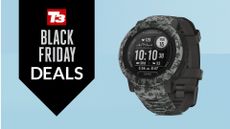
This rugged adventure Garmin is mega cheap in Walmart’s Black Friday saleThe Instinct 2 is a top watch for outdoor and sport enthusiasts
The Instinct 2 is a top watch for outdoor and sport enthusiasts
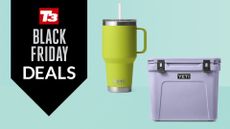
YETI’s best-selling products are ridiculously cheap in Amazon’s Black Friday saleFancy yourself a tumbler, rambler or cooler? Amazon’s reduced them all
Fancy yourself a tumbler, rambler or cooler? Amazon’s reduced them all
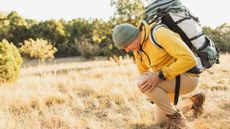
Knee pain when hiking? Try these four helpful hacks from a strength coachThere’s no need to hang up your hiking boots just yet
There’s no need to hang up your hiking boots just yet
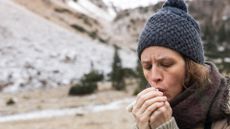
Feeling cold on your winter hike? An outdoor expert says you’re making this mistakeApparently it’s common with ‘first-time hikers’
Apparently it’s common with ‘first-time hikers’

MSR Hubba Hubba Bikepack 2 review: Lightweight, storm-proof shelter with room to stretchA superb tent, tweaked to make it perfect for pedal-powered adventurers
A superb tent, tweaked to make it perfect for pedal-powered adventurers
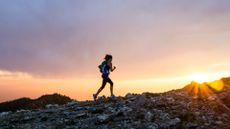
5 gadgets you need for your fastpacking adventure, according to an outdoor expertIf you aren’t taking these out for a fastpack, then it’s time too!
If you aren’t taking these out for a fastpack, then it’s time too!

What’s fastpacking: the adventure sport that lets you go further, faster, and lighter on the trailsTrail running meets backpacking for one epic adventure
Trail running meets backpacking for one epic adventure